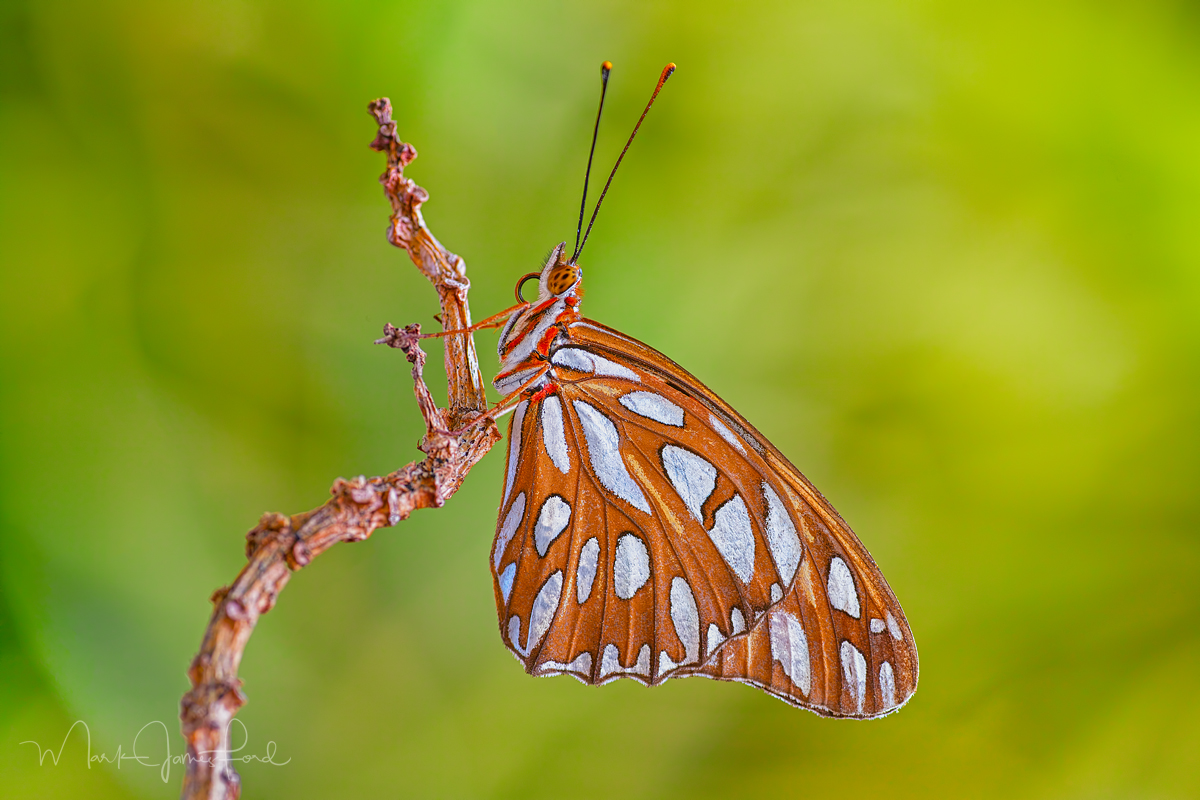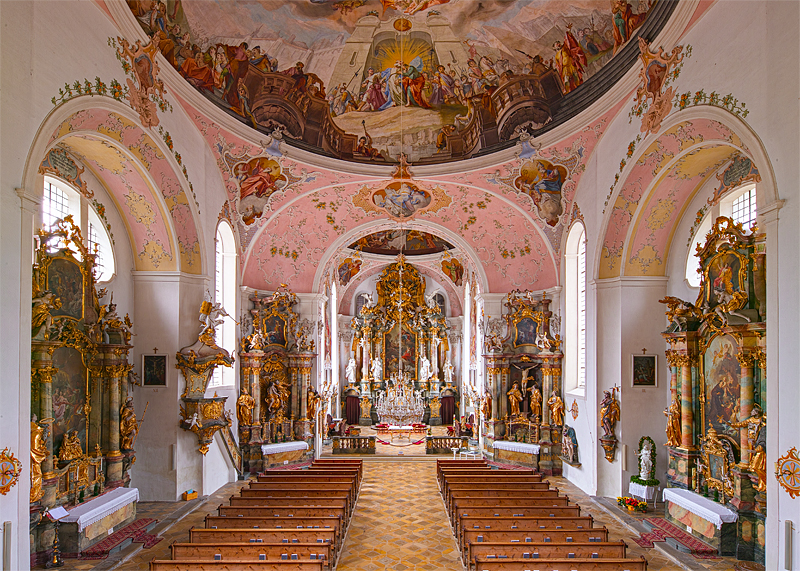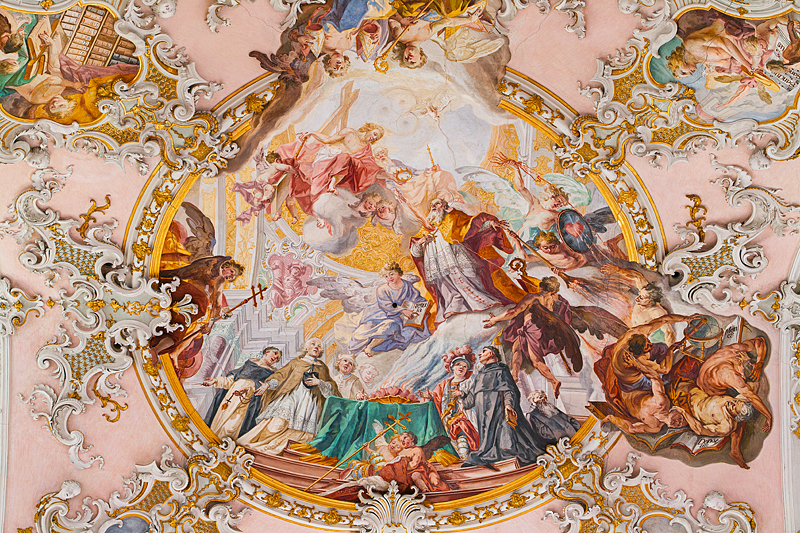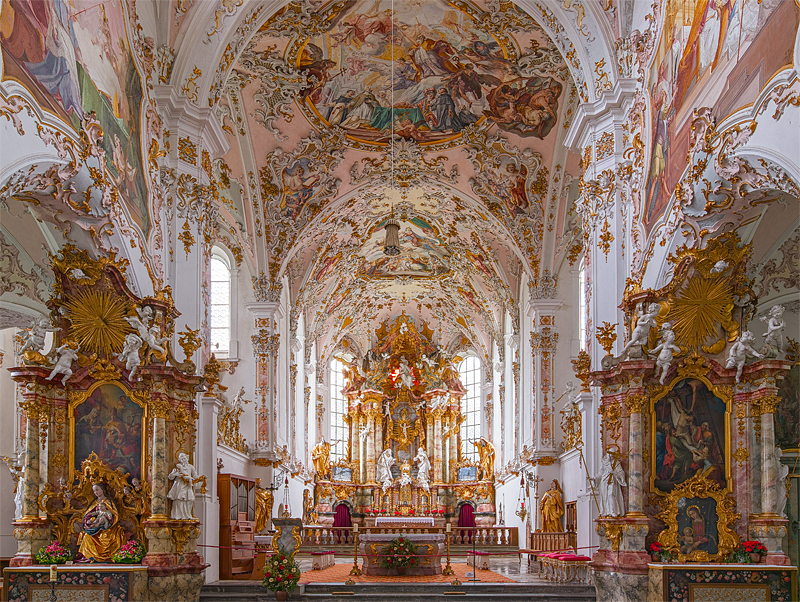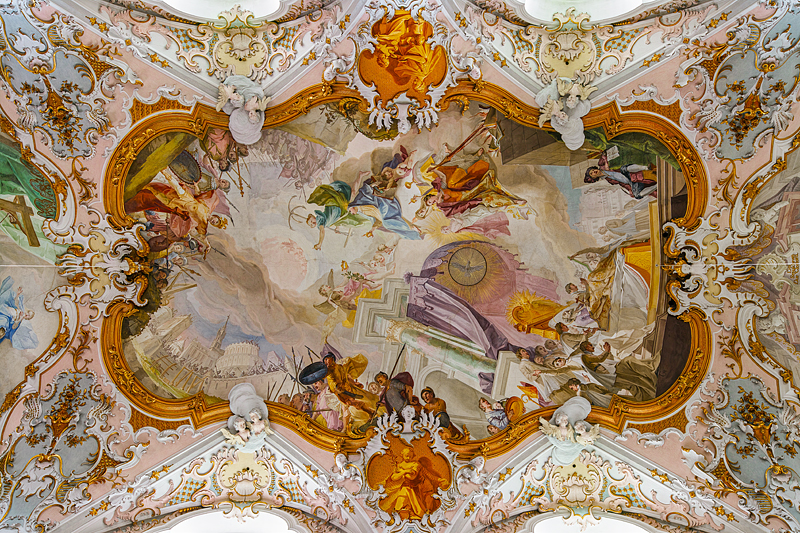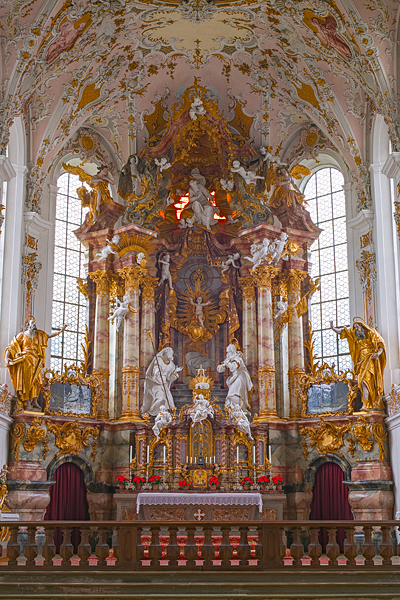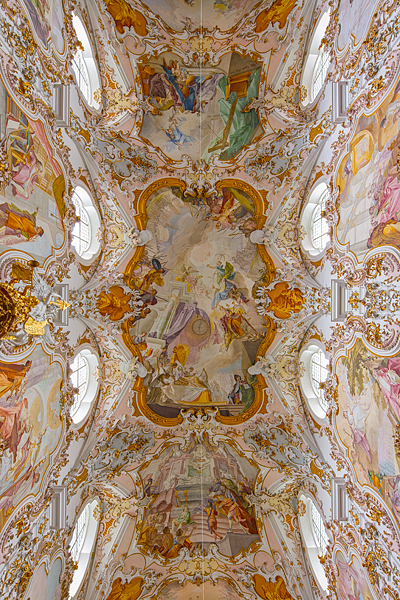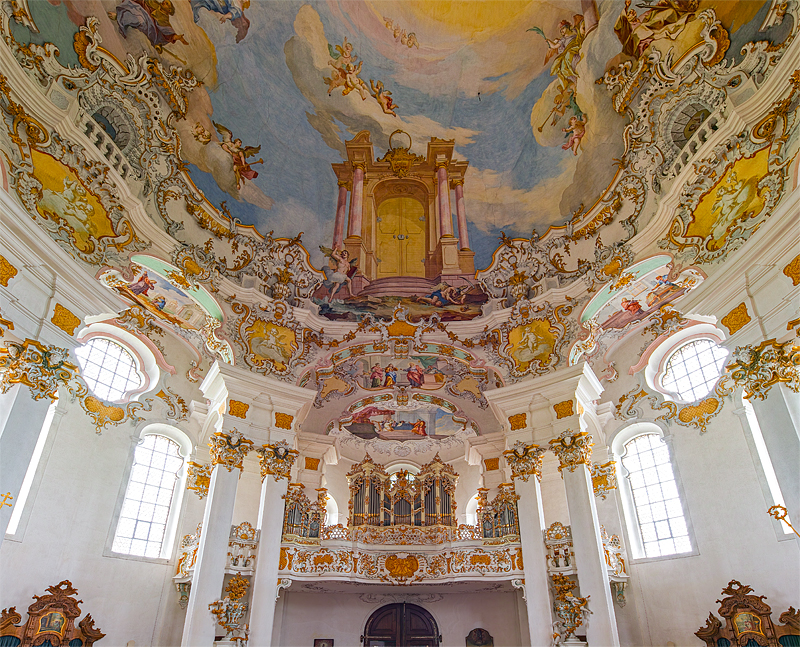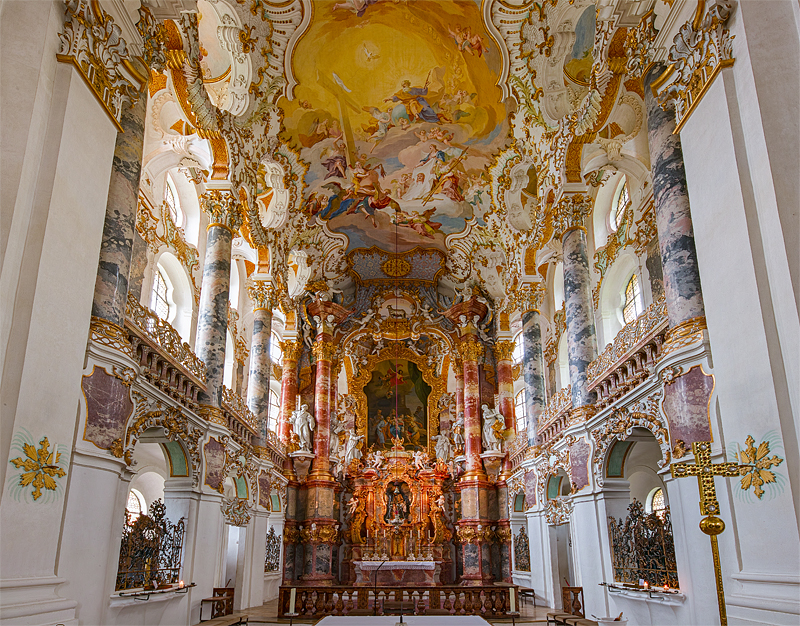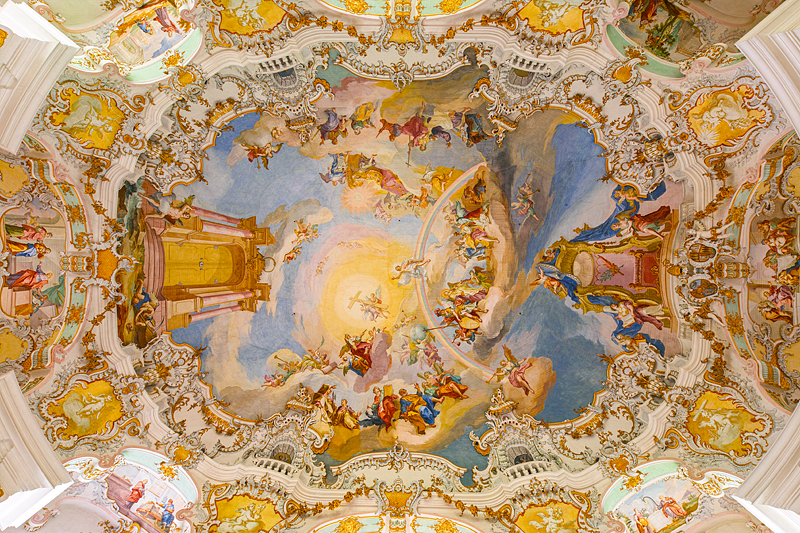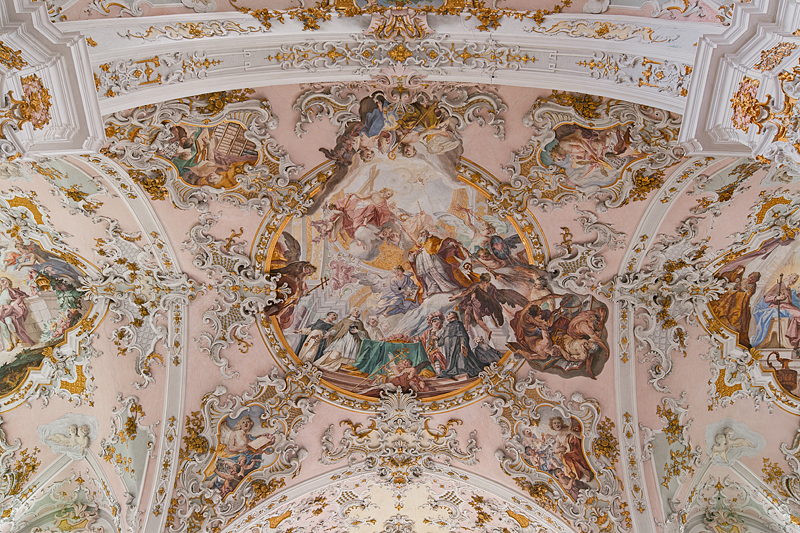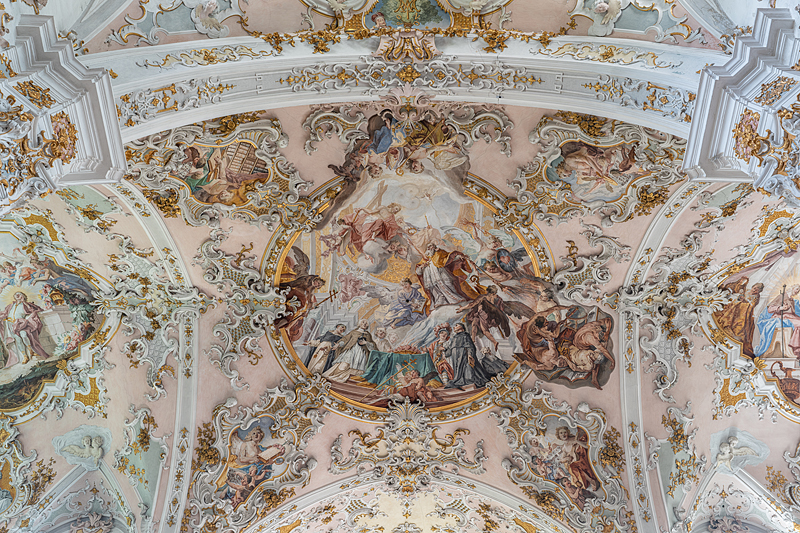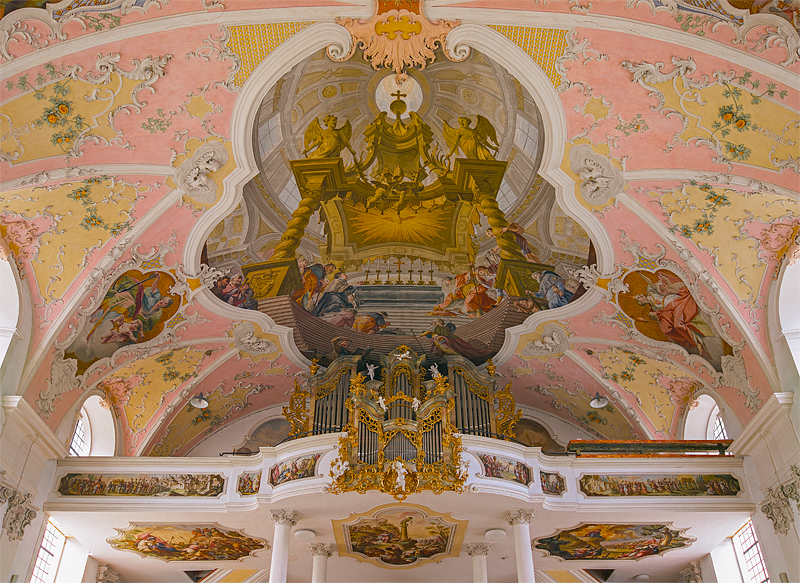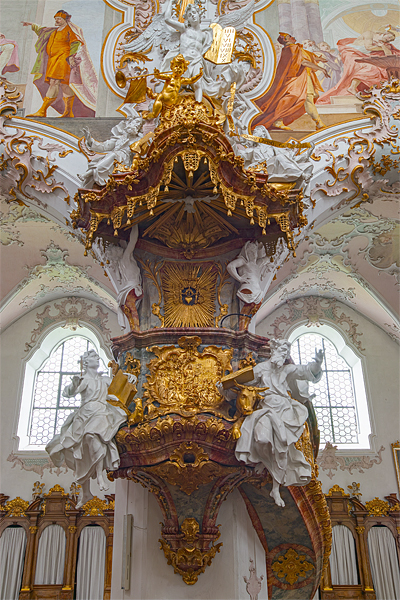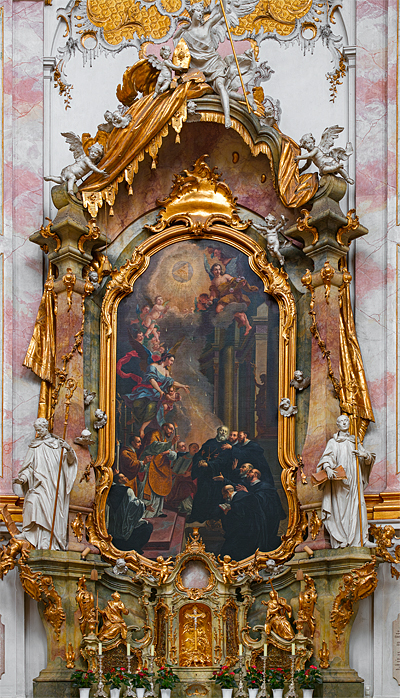Revisiting SIGMA’s SFD-MODE with the SIGMA sd Quattro H …
Equipment used in this article:
SIGMA 12-24mm F4 DG HSM | Art (LINK)
SIGMA 28mm F1.4 DG HSM | Art (LINK)
SIGMA 40mm F1.4 DG HSM | Art (LINK)
SIGMA 180mm F2.8 EX DG OS HSM APO Macro (LINK)
SIGMA sd Quattro H (LINK)
Sony alpha 7RII (LINK) + SIGMA MC-11 E-SA Adapter (LINK)
Panasonic DC-S1 (LINK) + SIGMA MC-21 L-SA Adapter (LINK)
Panasonic DC-S1R (LINK) + SIGMA MC-21 L-SA Adapter (LINK)
Rollei Lion Rock 30 Mark II carbon tripod (LINK)
Disclaimer: This article represents my own personal opinion and does not reflect any position or comment of any company mentioned. The comparisons described are by necessity subjective: They involve different cameras, used on different days, with different lenses. Images have been optimized individually and to the best of my ability, though, on occasion, some effort has been made to align the colour palette of the images from the respective cameras. The results reflect my own interest in producing a particular result and are not intended to provide an X is better than Y result.
Copyright: As with all images on this website, none of the images in this article may be copied or reproduced in any form whatsoever.
Viewer: Clicking on an image will open a larger version in the Prodibi Viewer. Having been encoded for maximum quality, there may be a slight delay to the image loading.
I recently reviewed the SIGMA 28mm F1.4 DG HSM | Art (SEE HERE) using the PANASONIC DC-S1 (24MP) and SIGMA MC-21 L-SA Mount Adapter. In particular I wanted to explore the High-Definition-Mode of the DC-S1, which, by taking and combining 4 consecutive senor shifted images, results in a very nice 12000×8000 pixel (94MP) image. The results were excellent and the “Rococo” interiors of several churches and monasteries in Southern Germany were indeed a worthy motif. To note is that the PANSONIC DC-S1R with its 47 MP sensor is capable of producing a whopping 187 MP image (16736×11168 pixels) in High-Definition-Mode (For an excellent review of the DC-S1R camera see Paul Monaghan’s Article (LINK)).
I have had excellent results from the SIGMA SFD (Super-Fine-Detail) Mode (SEE ARTICLE HERE) and for me this is pinnacle of image quality that this camera can produce. I know from experience, that the images are not just lower in noise, but that considerably more actual detail is available in the image compared to a normal single exposure. A good example is this collection of butterfly images (SEE COMPLETE GALLERY HERE), which have all been taken using the SFD-Mode of the SIGMA sd Quattro H. For these particular images, the emphasis was not just on the artistic aspects of the motif, but rather ensuring that the butterfly itself can be enjoyed “close-up”.
Gulf Fritillary / Agraulis vanillae, Big Island, Hawaii, SIGMA 180mm F2.8 Ex DG OS HSM APO Macro
Since I recently had another opportunity to visit Southern Germany, I thought it would be interesting to revisit these churches, this time with the SIGMA sd Quattro H. Whilst I was keen to explore new motifs, I also took the time to reshoot a few images so that, rather than just a general perception, I would indeed be able to make a more direct comparison for myself.
St. Peter and Paul, Oberammergau, Germany, Deutschland, SIGMA 12-24mm F4 DG HSM | Art
Whilst I am a Brand Ambassador for SIGMA Deutschland, I will use whatever system, camera or lens, that is necessary for any particular occasion. For the most part this means a Foveon sensor (SEE ARTICLE HERE) and the excellent SIGMA (Art) lenses (Articles covering antique Meyer Optik Görlitz lenses can be found here: PRIMOTAR, ORESTOR). For SIGMA Camera owners it might come as no surprise, that a camera like my SONY a7Rii camera (with SIGMA MC-11 E-SA Mount Adapter) is also a permanent member of the camera bag, as back-up for, by way of example, low light situations. The SONY came into its own, for example, for the shots of the Milky-Way during the last trip to Hawaii (SEE GALLERY HERE) and, in combination with E-Mount extension rings produced excellent (and otherwise not achievable) results with the SIGMA 105mm F1.4 DG HSM | Art (SEE ARTICLE HERE). As an aside, I am thus very much interested to see how well the recently announced (July 2019) SIGMA fp (LINK) will perform in low light situations. In the meantime, having had the chance to shoot with them, the PANASONIC cameras (with their High-Definition-Mode) pose a serious threat to the “Back-Up” status of the SONY and I am very much looking forward to seeing what a PANASONIC DC-S1 will be able to do in High-Definition-Mode with my next shots of the Milky-Way!
Pfarrkirche Mariä Geburt, Rottenbuch, Germany, SIGMA 40mm F1.4 DG HSM | Art
Due to the difference in crop factor between the S1/S1R (crop factor 1.0) and the sd Quattro H (crop factor 1.3), I chose to use the SIGMA 12-24mm F4 DG-HSM | Art for the reshoot with the sd Quattro H camera. Whilst this of course means the images are not absolutely comparable, the choice of the 12-24mm zoom lens, from my own perspective, confers no obvious advantage to the SIGMA camera. Indeed, on several occasions, the just out-of-shot very bright windows induced a colour cast at the edges of an image from the 12-24mm Art lens that I did not remember seeing with the 28mm Art!
Pfarrkirche Mariä Geburt, Rottenbuch, Germany, SIGMA 12-24mm F4 DG HSM | Art
Pfarrkirche Mariä Geburt, Rottenbuch, Germany, SIGMA 12-24mm F4 DG HSM | Art
Pfarrkirche Mariä Geburt, Rottenbuch, Germany, Left: SIGMA 40mm F1.4 DG HSM | Art, Right: SIGMA 12-24mm F4 DG HSM | Art
New from this visit was the church at Wies. Together with new motifs from Rottenbuch (above), once again the SFD-Mode produces the goods! I already knew from previous work that an SFD image does not degrade particularly when viewed at 200% and even a normal X3F (none SFD image) from a Foveon sensor is more than able to be reproduced at 100cm x 150cmm. And it was this that prompted a more direct comparison.
Wallfahrtskirche zum Gegeißelten Heiland auf der Wies, Germany
Wallfahrtskirche zum Gegeißelten Heiland auf der Wies, Germany
Wallfahrtskirche zum Gegeißelten Heiland auf der Wies, Germany
The following two images have been shot (from memory 4 weeks apart) at 21mm (12-24mm) (on the sd Quattro H) and 28mm (on the DC-S1) with the aim of producing approximately the same image. On first glance in the respective 100% view, the extra resolution (12000×8000 pixels) of the S1 allows, of course, a closer view.
Pfarrkirche Mariä Geburt, Rottenbuch, Germany – SIGMA sd Quattro H (SFD-Mode, 100% View), SIGMA 12-24mm F4 DG HSM | Art
Pfarrkirche Mariä Geburt, Rottenbuch, Germany – PANASONIC DC-S1 (High Definition Mode, 100% View), SIGMA 28mm F1.4 DG HSM | Art
LINK: 200% VIEW, SIGMA sd Quattro H (SFD-Mode), SIGMA 12-24mm F4 DG HSM | Art
For me however, more telling is the 200% view from the SFD-image (either as is necessary here for the Prodibi Viewer, Bicubic Upscaling in Adobe Photoshop, or, with the original image, simple 200% view on the monitor screen). For all intents and purposes this is as identical to the High Definition Image from the S1 above, as one could expect from two such different sensors and two different lenses. This is despite the apparent inherent resolution difference (6192×4128 vs. 12000×8000 pixels) of the native images – wow! This shows, for me, just how much detail is ‘buried’ in the SFD image.
The same holds true for other images and whilst the motifs are not absolutely identical (the images were taken 4 weeks apart) with similar though necessarily different adjustments for false perspective having been applied to the images – on the whole this was a result I really wasn’t expecting!
St. Pater and Paul, Oberammergau, Germany – SIGMA sd Quattro H (SFD-Mode, 100% View), SIGMA 12-24mm F4 DG HSM | Art
LINK: 200% VIEW, SIGMA sd Quattro H (SFD-Mode), SIGMA 12-24mm F4 DG HSM | Art
LINK: 100% VIEW, PANASOINIC DC-S1 (High Definition Image), SIGMA 28mm F1.4 DG HSM | Art
St. Peter and Paul, Oberammergau, Germany – SIGMA sd Quattro H (SFD-Mode, 100% View), SIGMA 12-24mm F4 DG HSM | Art
LINK: 200% VIEW, SIGMA sd Quattro H (SFD-Mode), SIGMA 12-24mm F4 DG HSM | Art
LINK: 100% VIEW, PANASOINIC DC-S1 (High Definition Image), SIGMA 28mm F1.4 DG HSM | Art
Actually, in the light of this I went back and re-examined two shots with the 40mm F1.4 DG HSM | Art from the crypt at Speyer cathedral taken with the SONY a7Rii and the SIGMA sd Quattro H. It is not the same motif, they do not have the same native resolution, but I would suggest that there is more detail in the stone work in the Quattro H image!
LINK: 100% VIEW, SONY a7Rii, SIGMA 40mm F4 DG HSM | Art
LINK: 100% VIEW, SIGMA sd Quattro H (SFD-Mode), SIGMA 40mm F1.4 DG HSM | Art
All the SFD-Mode shots taken from this trip can be browsed by clicking on the link at the end of the article. In particular, whilst I do not have the direct comparison from the 40mm motifs, the fine details captured for example in the wire frame in the bright orange glass behind the central figure, or indeed the structure on the surface of the canvas painting are spectacular. At a guess the combination of the SIGMA sd Quattro H (in SFD-Mode) and the SIGMA 40mm F1.4 DG HSM | Art is probably about as good as it gets.
Left: Pfarrkirche Mariä Geburt, Rottenbuch, Right: Benediktinerabtei Kloster, Ettal, Germany
SIGMA 40mm F1.4 DG HSM | Art
Unfortunately, on neither trip did I have the DC-S1R available, so I decided to do a small experiment. Actually, it was originally intended to see how well the High-Definition-Mode of the S1R can work at ISO values slightly higher than 100. Taken with the SIGMA 180mm F2.8 APO EX DG OS HSM Macro (an excellent lens) I thought the fine detail of the orchid flowers would be a good testing ground. Shot at Base ISO (200 for the S1R and 100 for the sd Quattro H), again the SFD-Image from the Quattro H at 200% view does not disappoint. Ok, with the cameras at the same distance from the subject, the 1.3 crop factor of the Quattro H has helped enormously and when the image from the S1R is cropped to give the identical motif “only” 12543 x 8362 pixels remain, which puts the S1R back in the range of the S1. Moving closer to the subject (to compensate for the crop factor) I took new shots with the S1R at ISO 400. After all, at ISO 200-400 I would expect, for a modern camera with a Bayer sensor, there to be little or no difference to ISO 100. Nevertheless, for me, with a view toward potential low light work in the future, an interesting comparison … Five shots are as follow:
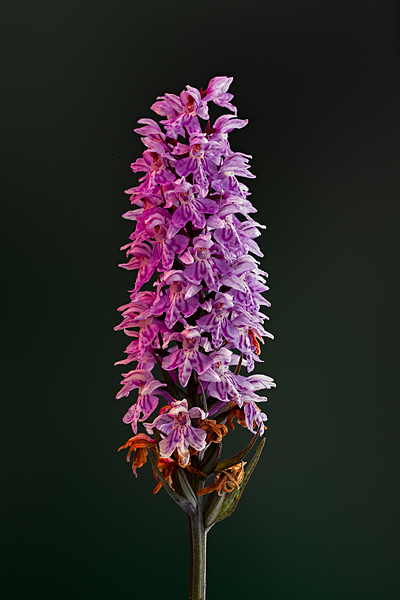
LINK: 100% VIEW, SIGMA sd Quattro H (SFD-Mode, ISO 100) 6192×4128 pixels
LINK: 200% VIEW, SIGMA sd Quattro H (SFD-Mode, ISO 100), up-sampled to 12000 x 8000 pixels
CLICK HERE FOR A GALLERY VIEW OF ORCHID IMAGES
Without a doubt the Foveon sensor has always “punched above its weight” in terms of detail captured. The SFD-Mode from the sd Quattro H is simply sensational, allowing the camera to simply move into a “different league” altogether, by delivering, for me, the best possible result a Foveon sensor can achieve. It is clear to me that all future iterations of the very special Foveon sensor should have an SFD-Mode available if one is looking to extract the best possible result. The High-Definition-Mode of both the S1 and S1R are certainly extremely intriguing, but with no macro extension rings for the L-Mount currently being available, they will not (yet) be able to displace the SONY from my camera bag completely.
Of course, as with all discussions about pixels and detail and resolution, it is very easy to lose sight of the goal to which I am constantly working to achieve: To be able to capture a beautiful motif, which can be reproduced as a true photograph, in all its glory, in a large format (for me 100cm x 150cm). As such, there are no losers in this article …

